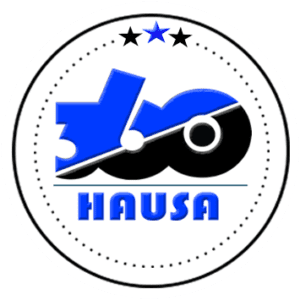Living with asthma can be challenging, especially for children. But with the right knowledge and management strategies, your child can thrive! This comprehensive guide, packed with expert advice from Dr. Emily Carter, a renowned pediatric pulmonologist, empowers you to create a healthy and fulfilling life for your child with asthma.
Understanding Asthma in Children
- Chronic Condition: Asthma is a chronic condition that inflames and narrows the airways in the lungs, making breathing difficult.
- Symptoms: Symptoms can vary from mild coughing to severe wheezing, shortness of breath, and chest tightness.
- Age Range: Asthma can affect children of all ages, though symptoms may present differently in younger children.
Identifying Triggers: The Key to Prevention
Triggers are substances or situations that worsen asthma symptoms. Common triggers include:
- Allergens: Dust mites, pet dander, pollen, and mold.
- Respiratory infections: Colds and the flu.
- Environmental irritants: Cold air, smoke (including secondhand smoke), and strong chemical odors.
- Exercise-induced asthma (EIA): Exercise can trigger asthma symptoms in some children.
Related Post: Passive Smoking: A Threat to Everyone’s Health
Creating a Healthy Home Environment
A clean and allergen-free environment can significantly improve your child’s asthma control. Here are some tips:
- Reduce Dust Mites: Wash bedding weekly in hot water (at least 130°F/54°C) and use allergen-proof covers on mattresses and pillows. Vacuum carpets regularly and consider replacing them with hard floors if possible.
- Control Pet Dander: If you have pets, keep them out of your child’s bedroom and bathe them regularly.
- Minimize Mold Growth: Address moisture issues in your home to prevent mold growth.
- Maintain Air Quality: Use air purifiers with HEPA filters to remove allergens and irritants from the air.
Developing an Asthma Action Plan: Your Roadmap to Success
Work with your child’s doctor to create a personalized asthma action plan. This plan should include:
- Daily medications: These medications help control inflammation in the airways and prevent asthma attacks.
- Rescue medications: These quick-relief medications (usually inhalers) are used to open airways and ease symptoms during an asthma attack.
- Action steps for different asthma symptom levels: The plan should outline specific actions to take based on your child’s symptoms (green, yellow, and red zones).
- Emergency contact information: Include contact information for your child’s doctor and emergency services.
Encouraging Physical Activity: Staying Active with Asthma
Regular physical activity is crucial for overall health and lung function, even for children with asthma. Here are some tips:
- Choose the right activities: Swimming, walking, and biking are excellent options for children with asthma.
- Warm-up and cool-down: Proper warm-up and cool-down routines are essential to prevent exercise-induced asthma (EIA).
- Carry a rescue inhaler: Always ensure your child has their quick-relief inhaler readily available during exercise.
Teaching Proper Inhaler Technique: Mastering Medication Delivery
For medication to be effective, your child needs to use their inhaler correctly. Dr. Carter emphasizes:
- Coordinate breathing with medication release.
- Clean the inhaler device regularly according to the manufacturer’s instructions.
Monitoring Symptoms: Tracking Progress for Optimal Control
Regular monitoring helps you and your doctor assess your child’s asthma control. Use these methods:
- Peak Flow Meter: This device measures how well your child can forcefully exhale air, indicating lung function.
- Asthma Diary: Track symptoms, peak flow readings, triggers, and medications in a diary to identify patterns and adjust treatment as needed.
Promoting Smoke-Free Environments: Protecting Your Child’s Lungs
Exposure to secondhand smoke is highly detrimental to children with asthma. Make your home and car completely smoke-free and educate family members and caregivers about the importance of not smoking around your child.
Seeking Regular Medical Care: Building a Strong Partnership
Schedule regular check-ups with your child’s doctor to:
- Monitor asthma control and adjust medications if necessary.
- Discuss any concerns you have regarding your child’s asthma.
- Stay updated on the latest asthma management strategies.
Empowering Your Child: Taking Charge of Their Health
Help your child become an active participant in managing their asthma:
- Educate them about their condition and triggers.
- Encourage open communication about symptoms and concerns.
- Praise them for following their asthma action plan and taking responsibility for their health.





